As the weather starts to turn to visions of frosted windows and icy birdbaths, considering the health and care of your plants becomes an important shift for good gardening practices. So, knowing if your plants will survive the winter outdoors or if you need to bring them indoors –– or if you’re looking to plant for next season –– having a solid understanding of the endurance of your plants is critical.
While we can’t possibly name every plant that can survive outdoors in wintery climates, we can offer this list of ten of the best plants that survive the winter months in cold climates. Many of these are best planted in the fall and do best with that hard freeze for growth and health next year.
10 Plants That Survive Outside in Winter
These are ten of the best plants to grow in your outdoor space through the winter:
- Bee Balm
- Hellebores
- Pansy
- Coneflower
- Sedum
- Boxwood
- Catmint
- Peony
- Viola
- Clivia
Bee Balm
Bee balm, or wild bergamot, is an attractive plant for pollinators like hummingbirds, butterflies, and bees. The beautiful plant is an aromatic perennial that comes in a range of colors like pink, orange, purple, red, and white, and technically belongs to the mint family.
Bee balm does best in full sun to partial shade, in well-drained soil, and in hardiness zones 3-9. You can plant these beauties from seeds or plants, and they are found at nurseries, local stores, and even online garden shops and sites like Etsy (seeds only). Bee Balm requires no special care to protect it during winter months, save trimming back the plant (if needed) after the first hard freeze of the year.

©Cavan-Images/Shutterstock.com
Hellebores
If you’d like to include some flowers that bloom even when there’s snow on the ground in late winter, you may want to consider Hellebores. The durable blooms in many colors ranging from apricot and yellow to dusky pink, maroon, slate, metallic blue, and white and green shades.
Hellebores do best in zones 6-9 and love dappled light – not direct sunlight. This is part of why they thrive in colder climates without heaps of sun. They may still bloom in direct sunlight, but they will be far more productive in partial shade. They also need well-drained, organic, slightly acidic soil to thrive. You may plant seeds for hellebores (this is the easiest and cheapest way to grow them) but know that the hybrid seeds won’t grow “true,” meaning their looks will be divergent from one another and may not look exactly as planned.
Find the plants and seeds at nurseries and garden shops for the best results.
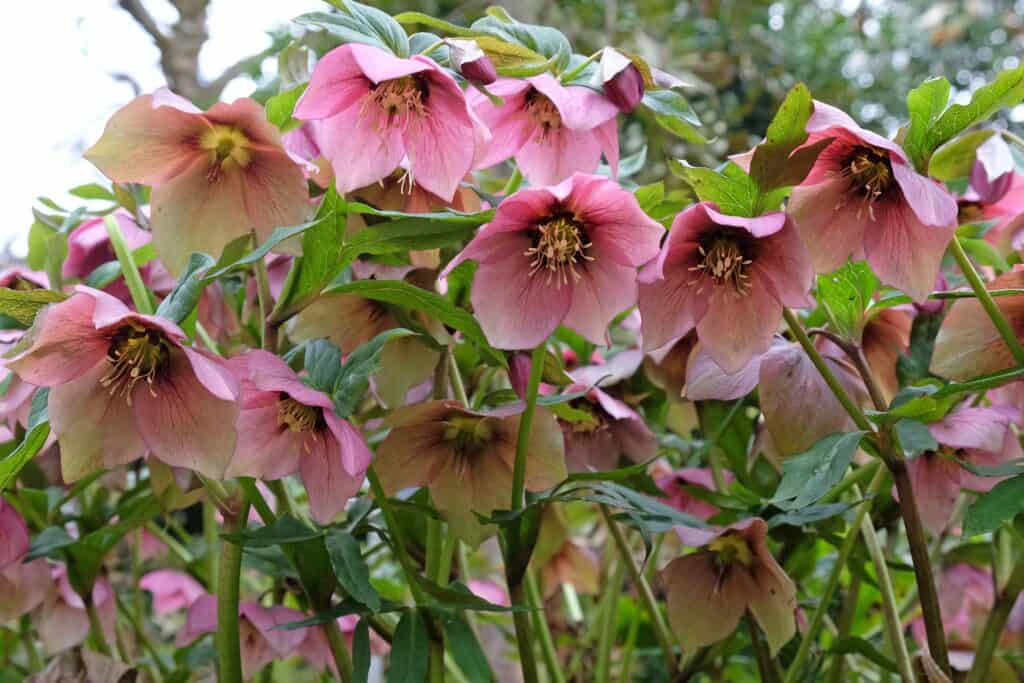
©Alex Manders/Shutterstock.com
Pansy
Though they need strong shielding from the wind to prevent dehydration in harsh temperatures, pansies are beautiful flowers that can withstand the intensity of wintry weather. The flower survives both extreme heat and cold, so it’s a great plant for locations up to Zones 4-10 where harsher weather bounces back and forth, depending on the season.
Pansies still need to have frost protection, despite their durability, and they do best when you ensure they’re watered frequently. They’re easier to start from plants from the nursery than seeds, though if you really want to grow them from seeds, plant them about 8-10 weeks indoors before winter ends and take them out, and plant before the last winter frost hits.
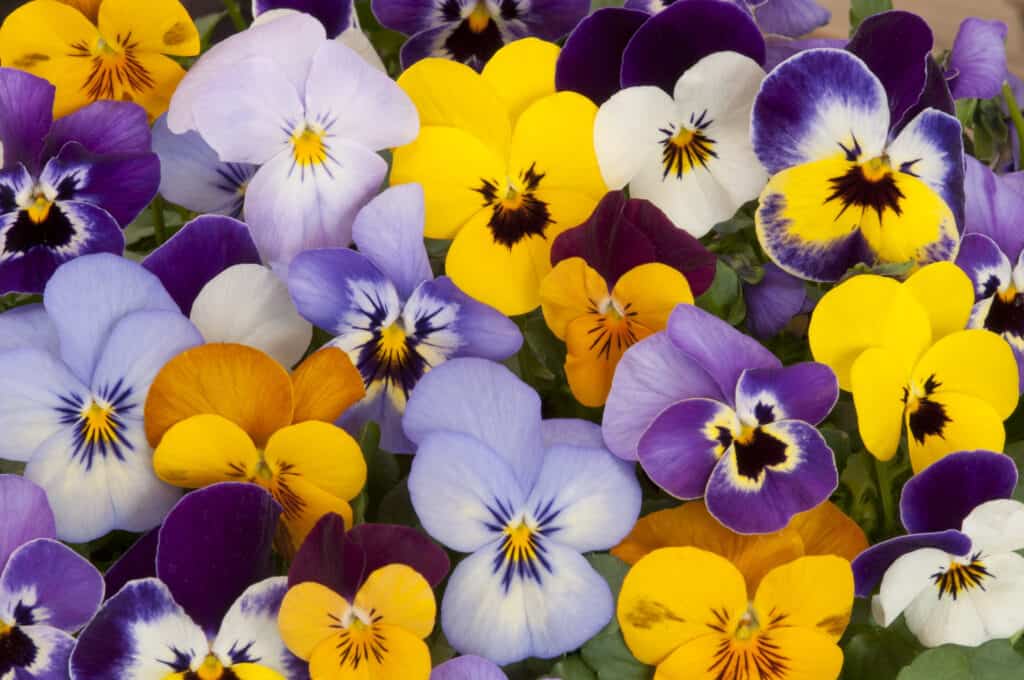
©Anjo Kan/Shutterstock.com
Coneflower
Also known as echinacea, the coneflower is a hardy American perennial that tolerates both drought and cold weather alike. The flowers pop large blooms throughout summertime and autumn in shades of yellow, pink, purple, orange, and white. Do note that not all varieties are great for cold-weather planting, so check the variety before purchasing.
You can purchase coneflower plants at many stores like Home Depot and Walmart or find them at nurseries and garden shops. Coneflowers also grow nicely from seeds if you prefer that planting method. To keep them happy in the winter, cover them with 1 to 2 inches of mulch after they go dormant. Coneflowers thrive in Zones 3-8.
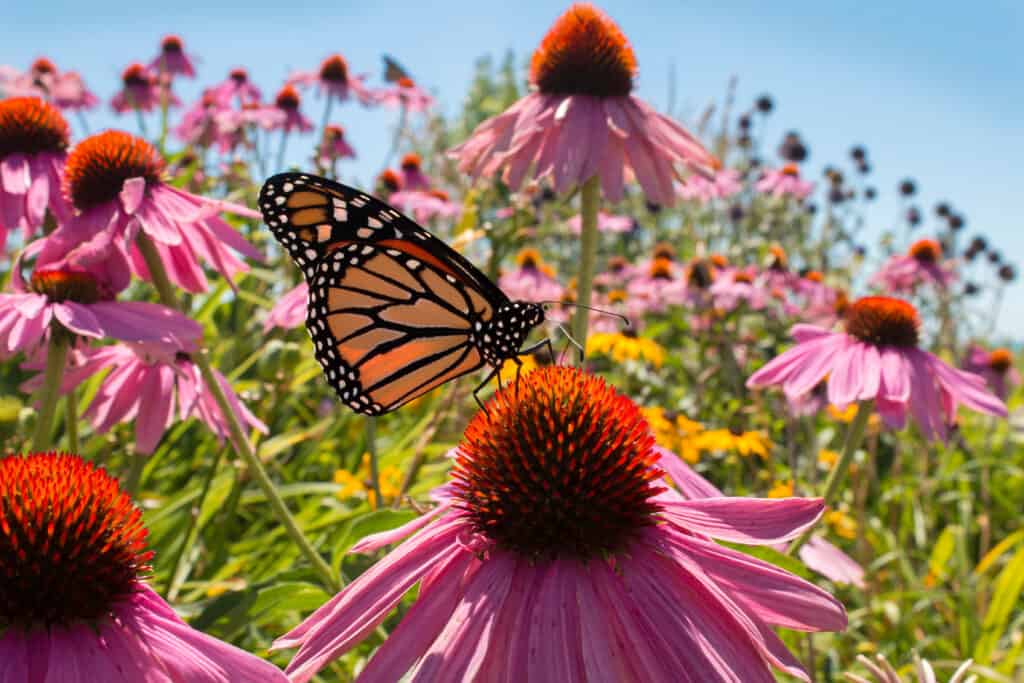
©Media Marketing/Shutterstock.com
Sedum
Best suited to Zones 4-9, Sedum is a beautiful flowering plant that creeps where you need it to or functions as a border plant. The plants are tough and can handle both hot summers and cold winters. They do best in full sun to partial shade, with well-drained soil.
The plant comes from tiny seeds that you mix with fine sand for even seeding. You can also find the plants available in nurseries and garden centers – but only plant these in mid to late spring and through the summer.
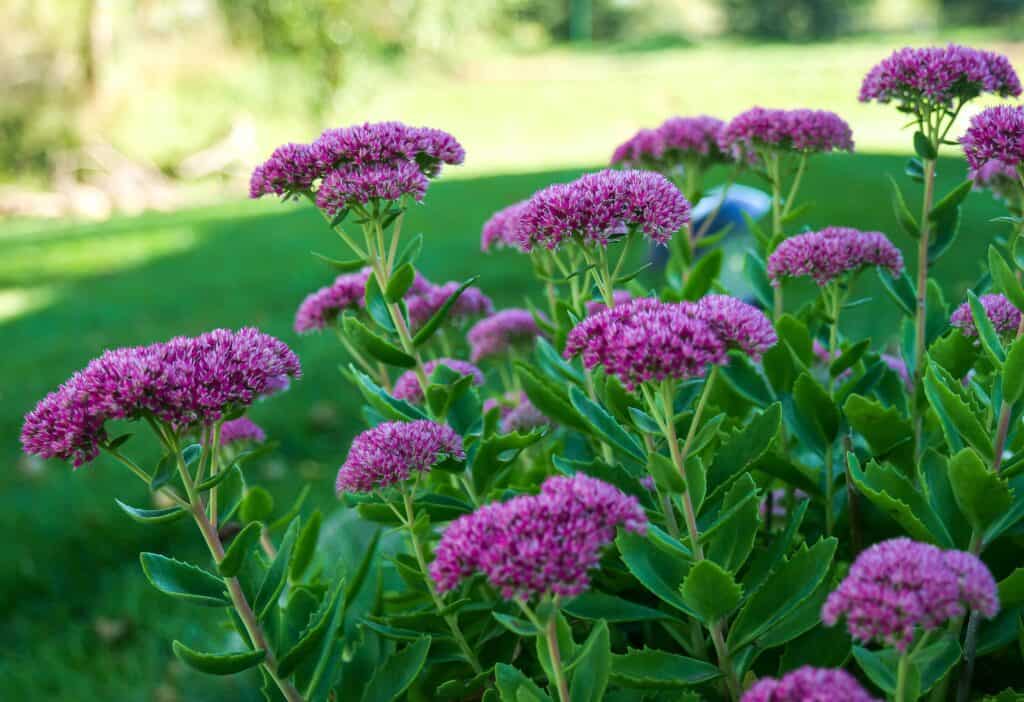
©Edgar Lee Espe/Shutterstock.com
Boxwood
Boxwood shrubs make for a fantastic winter-hardy plant for your home garden. The plants do best when you purchase a live plant (especially if you’re looking for some immediate curb appeal) and place it in the garden or container garden in Zones 5-9.
Boxwood is evergreen and survives the tough weather that so many other plants can’t really handle, including harsh winters and intense summers. They usually don’t need much maintenance, either, which makes them a great choice for folks looking for lots of looks and not a lot of work. You’ll find the plants available at nurseries in most cases.
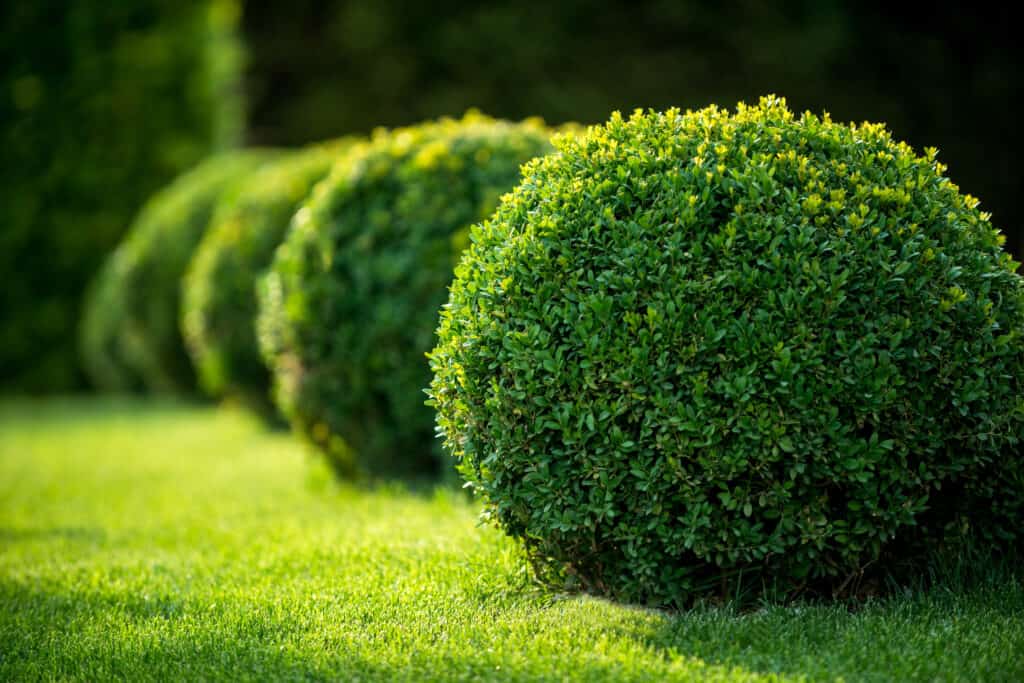
©Yarygin/Shutterstock.com
Catmint
Catmint is a beautiful plant with purple flowers that fill the air with a wonderful fragrance that many compare to lavender. The hardy plant is most easily found at nurseries, but you can technically grow it from seed at home -– it will just be much trickier.
The plant does best in full or partial sun in well-drained, nutrient-rich soil in Zones 4-8. But, the plant will thrive in less than favorable climate conditions as well, in partial sun and poor soil conditions. It’s naturally deer-resistant, too, so it makes for a great choice in more rural areas as well.
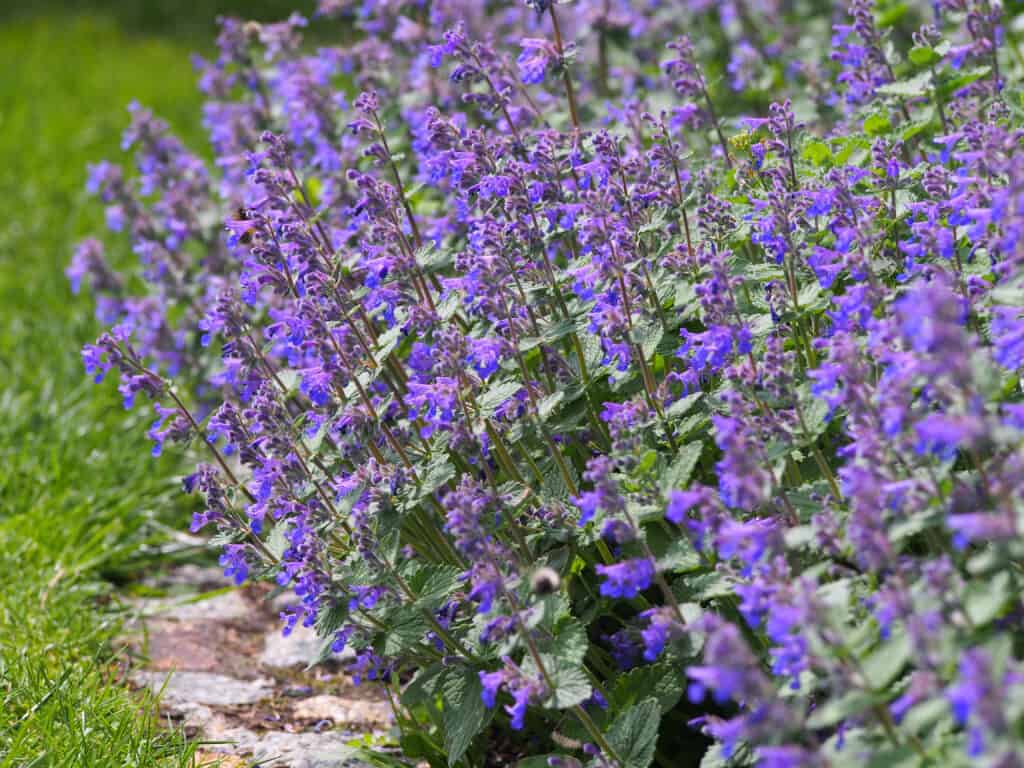
©Anna Gratys/Shutterstock.com
Peony
Growing happily in Zones 3-8, peonies are herbaceous perennials that slowly mature over 5 to 6 years. The beautiful flowers come in an array of colors that add zing and pop to any garden space or container garden, including blooms in pink, white, orange, yellow, red, and even a variety or two that change colors as the season develops.
Tree and Itoh peonies more flower quickly when grown from seed than from plants purchased at a nursery, however, you can find them available there. The plants are hardy and handle long, deep winters, doing best when planted in full sun to partial shade, in well-drained, medium-moist soil.
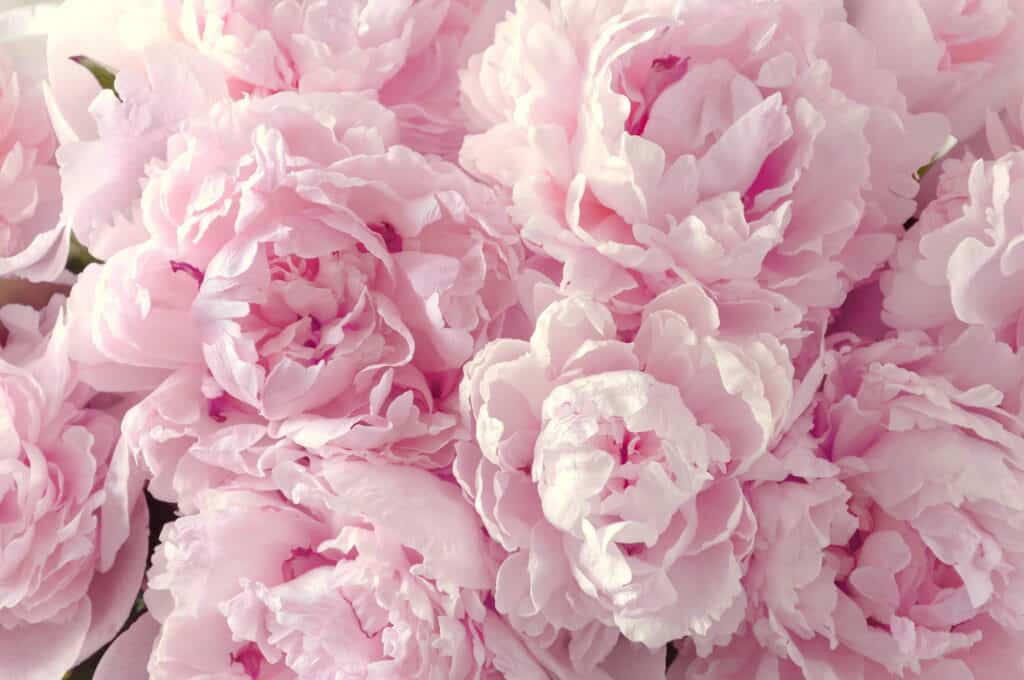
©All for you friend/Shutterstock.com
Viola
The beautiful pansy look-alike, the viola, is a stunning option for your wintry climate garden. They don’t require loads of maintenance and can bloom through the winter with proper care. The flowers come in a range of shades from purple to white, pink, yellow, red, pale purple, and mixed color forms that combine some of the colors in one bloom. They’re well-suited to Zones 3-8.
Violas are easy to find at nurseries in the spring, but they’re challenging to find for fall planting. Because of this, it’s best to plan on growing your violas from seeds if you aim for fall growth. Thankfully, they’re easy to grow from seed, even if you’re a novice gardener.
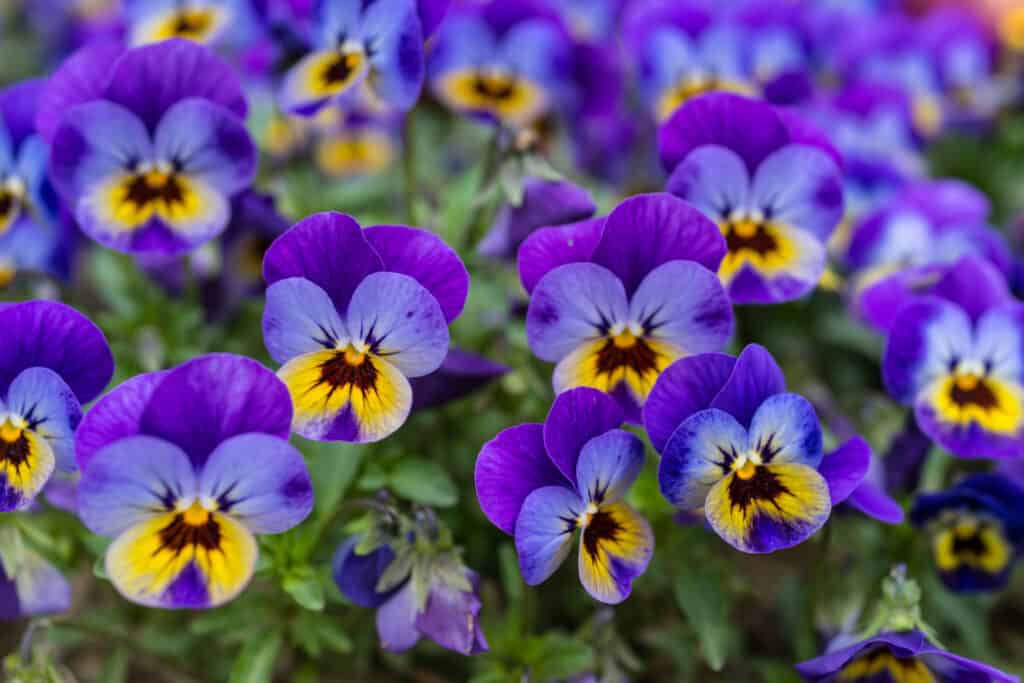
©eamesBot/Shutterstock.com
Clivia
A less well-known plant that does well in Zones 9 and 10 as a hardy plant through winter (sadly, they’re not hardy in the lower zones!) is clivia. This plant is easy to care for and makes for both a great indoor plant in any region or a winter-hardy outdoor plant in a container or standard garden.
The bulb plant grows clusters of 15 to 20 flowers in late winter and loves the shade, but they’re hard to propagate on your own. Plant it in morning sun areas and keep the leaves moist for best results. Clivia handles both moist and dry soil and direct and indirect light, though, so it’s not actually that picky of a plant.
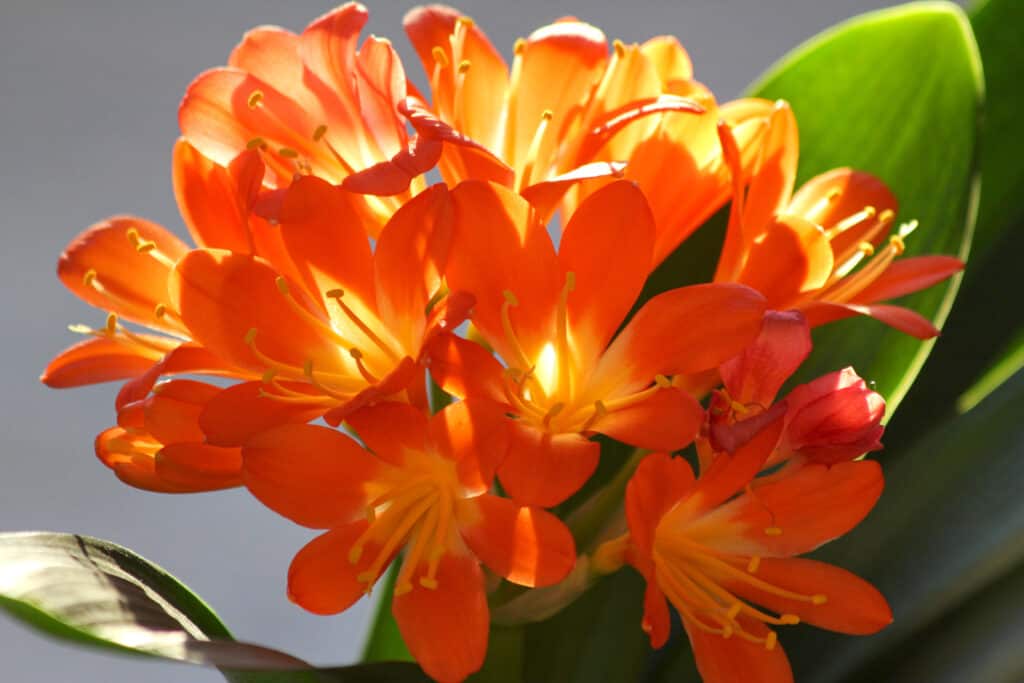
©Elena Lyuban/Shutterstock.com
Up Next
- Perennial vs. Annual Plants
- 8 Flowers to Plant in November
- What to Plant in November: the Complete Guide
The photo featured at the top of this post is © ROMAN KALISHCHUK/Shutterstock.com
Sources
- Chicago Botanic, Available here: https://www.chicagobotanic.org/plantinfo/clivia
- HGTV, Available here: https://www.hgtv.com/outdoors/flowers-and-plants/freeze-proof-plants-pictures
- Urnabios, Available here: https://urnabios.com/outdoor-plants-that-survive-the-cold-winter-months-in-planters/
- HGTV, Available here: https://www.hgtv.com/outdoors/landscaping-and-hardscaping/10-winter-friendly-plants-for-your-outdoor-space-pictures
- Gardening Know How, Available here: https://www.gardeningknowhow.com/ornamental/flowers/hellebore/growing-hellebores.htm
- Almanac, Available here: https://www.almanac.com/plant/pansies
- The Spruce, Available here: https://www.thespruce.com/english-boxwood-shrubs-2132072
- The Spruce, Available here: https://www.thespruce.com/bee-balm-growing-guide-5204121#toc-overwintering
Thank you for reading! Have some feedback for us? Contact the AZ Animals editorial team.






